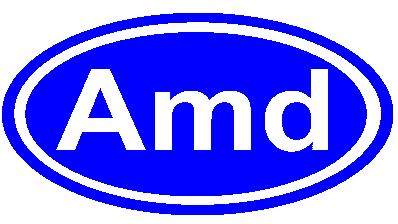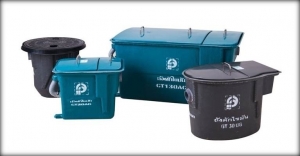
Grease Trap
Easy to clean Easy to install Fiberglass construction Multiple sizes Reasonable price
Amd Waste water treatment system can supply various capacities and type of building regarding to the Governmental Guidelines.
There are mainly two types of Waste water treatment system in which Activated Sludge treatment methods are basically same.
It is only different in tank arrangement of Fibre Reinforced Plastic (FRP) and Reinforced Concrete (RC).
Furthermore, Amd can support the design and treatment system with other treatment methodology such as MBBR.
Amd already installed over 200 projects of Waste water treatment system throughout Myanmar.

Easy to clean Easy to install Fiberglass construction Multiple sizes Reasonable price

Post Treatment System is essential to retreat the outlet water of Waste water treatment system in order to reduce the appropriate level of Biological Oxygen Demand (BOD). Furthermore, it can be upgraded according to client requirement for reusing of outlet water in toilet flushing and irrigation.
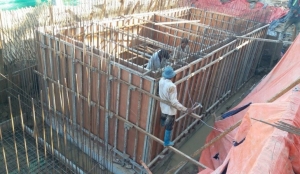
It is also domestic sewage treatment systems which are also used aerobic treatment method. These Reinforced Concrete treatment plants are usable for the projects which cannot provide enough space for FRP Tank and inconvenient to unload the tank. It can be cost efficiency for huge capacity for any types of
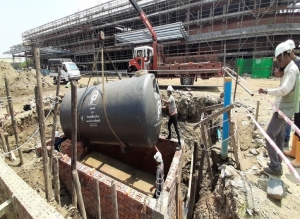
Amd’s domestic sewage treatment systems are using aerobic and anaerobic technologies for treating domestic waste water. These prefabricated waste water treatment systems can be installed instantly and if needed easily mobilized from one to another place. Our waste water treatment tanks can be installed instantly according to the location and
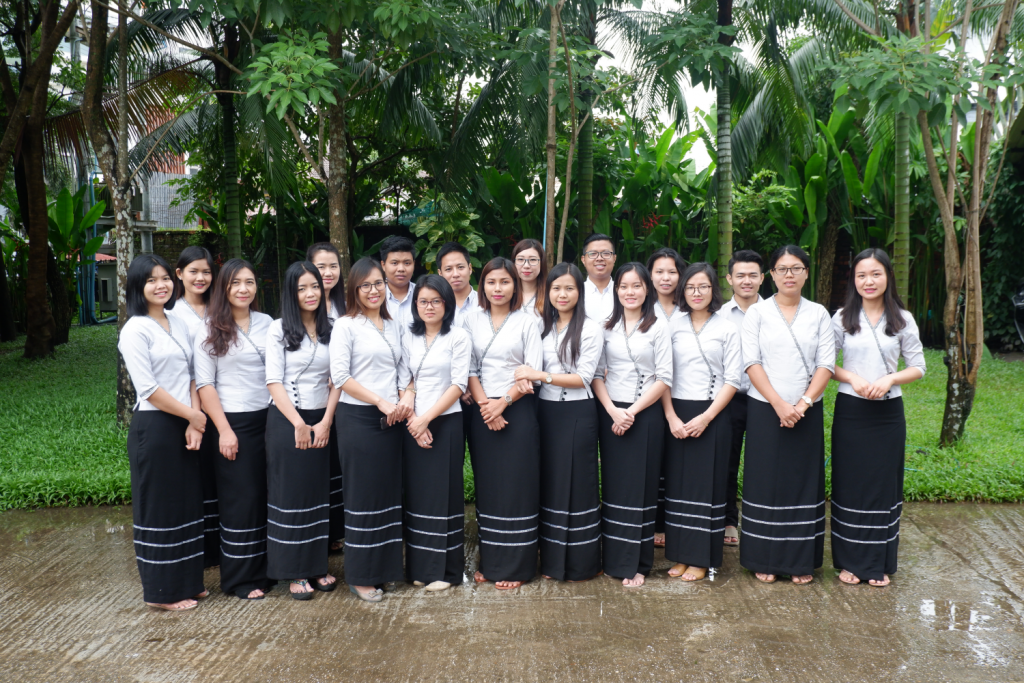
Hi! We are part of the 150+ person Amd team. If you have any questions please do not hesitate to contact us.
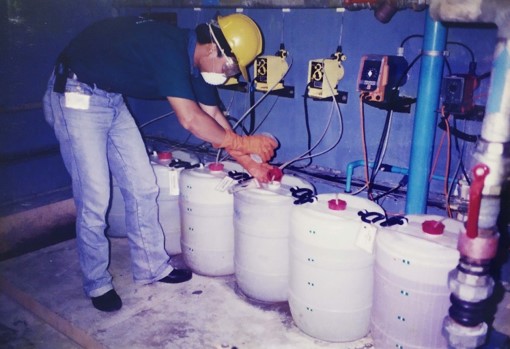
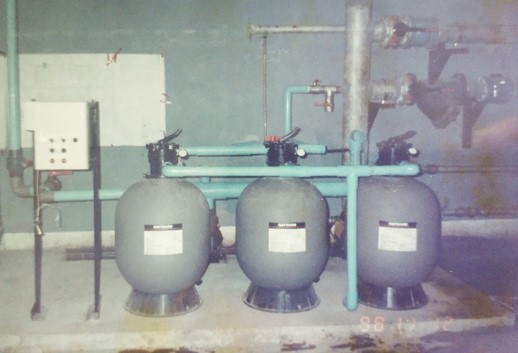
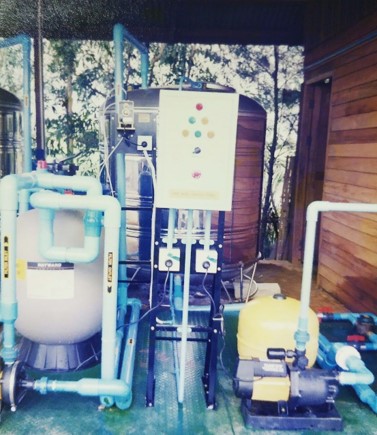
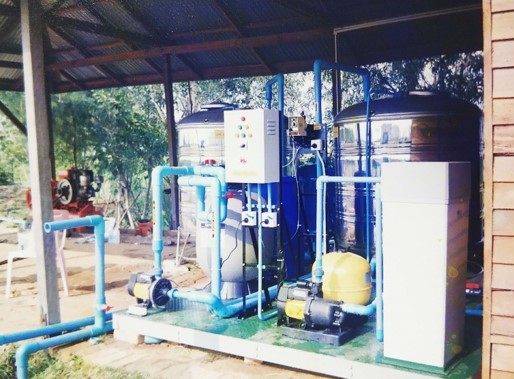
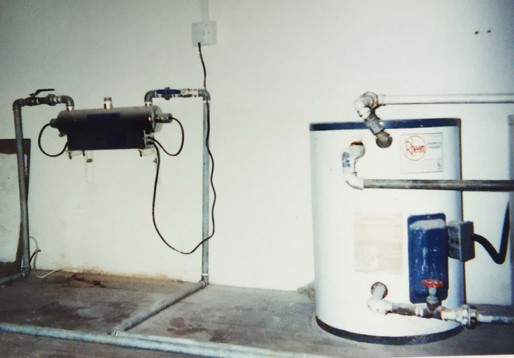
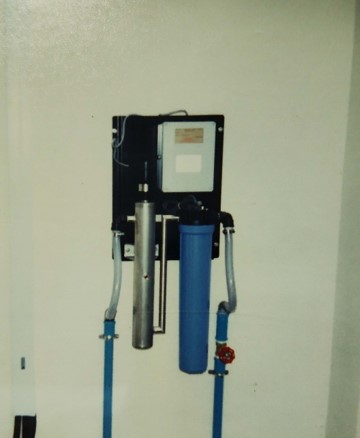
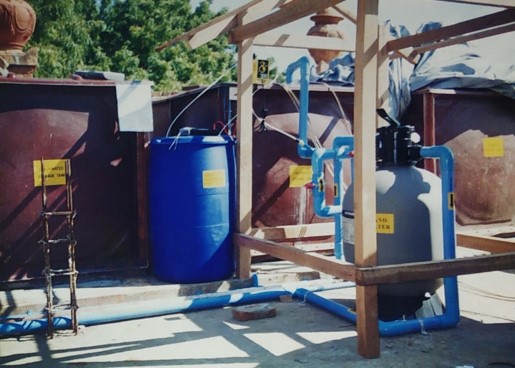
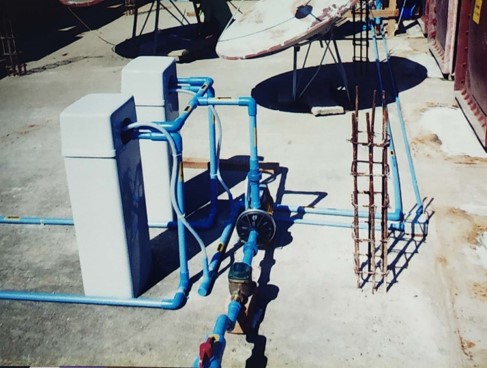
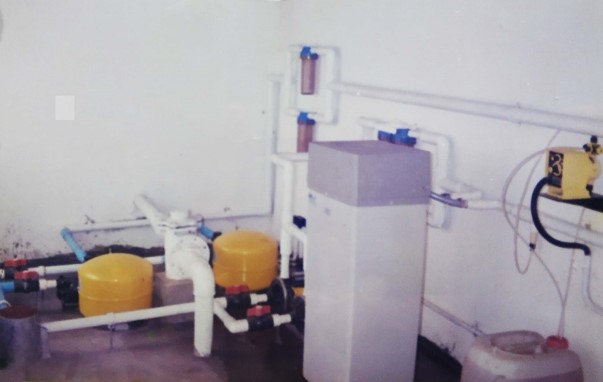
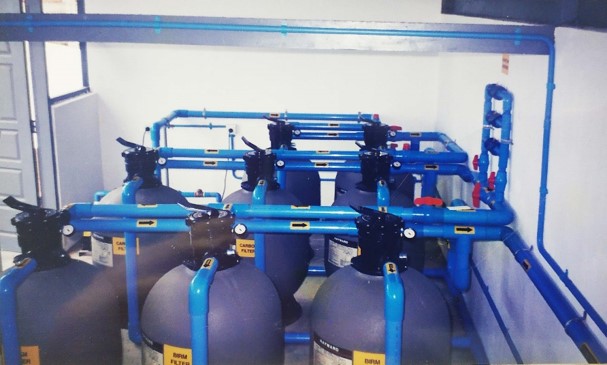
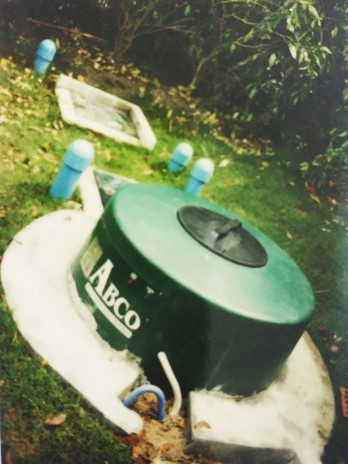
Although originally established as a supplier of Medical Diagnostic products eg. Hepatitis and HIV test kits, we were requested to undertake water treatment engineering. This resulted from a meeting circa November 1997 between Fenton Holland (GM) Amd and Dr. Richard Jones, medical advisor for Texaco and Premier oil 1996-2000. Premier were offshore constructing the Yetagun gas pipeline from the Yetagun field to the coastline near Daminsek village and onto the Thai Border at Yadana. This seven hundred million dollar investment involved an offshore platform, onshore logistics centers and office and a major pipeline both undersea and onshore. Personnel from the UK were brought in to manage the project. Dr. Jones was concerned that of the twenty rental houses required for these personnel none had access to potable water. Follow up microbiological tests confirmed the need. It was decided to install water treatment systems capable of removing potential pathogens. Initially a pilot scale installation was done at 18 E Inya Road. Installation was completed in January 1998. Thereafter numerous other houses and the Premier office had filtration system installed and later maintained by Amd. The Yetagun project was eventually completed in 2000 and the gas flows to Thailand.
This remote northern town was once known as Fort Hertz. Even in 2004 it was an isolated and remote town with trucks from Myitkyina to Putao transiting for up to three weeks! This was one of the reasons we decided to install Australian made steel/zincalume prefabricated tanks, readily transportable on pallets. The hotel was to be built in Mulashidi approximately 7 km outside Putao. After an initial survey in 2004 we decided to pump water from the Nam Lang River, more than 50m below the hotel site. A plateau was carved out of the mountain side enabling the steel tanks and plant room to be built. The water treatment comprised modern filtration and chlorination and utilized Australian Davey pumps known for their small footprint, longevity and economic electrical consumption. In fact, we went on to install Davey pumps in the hundreds throughout Myanmar. The hotel became The Lisu and later The Malikha Lodge. In 2010, we were asked to expand upon our original design and our team once again deployed to Putao. The Malikha Lodge was built as an ECO & adventure Lodge. River Rafting and mountain hiking were envisaged. Those plans were made in 2004, however the full scope was never realized. Nonetheless a first-class lodge was built and bekons those adventure tourists.
The need to properly treat wastewater from a site employing four hundred people was recognized early in the design process. Amd retrofitted a large fiberglass packaged plant featuring several pump stations. The job was complicated by the existence of an old Septic system within the site. Amd’s highly skilled engineers, technicians and designers put their minds together to create an effective solution. The result, a complete, high quality, wastewater treatment system. Amd has further recommended that post effluent treatment would expand the options for disposal of the treated effluent.
When Coca Cola returned to Myanmar after a long absence, they took over a site used to manufacture local soft drink brands. Due to the requirement for expansion they ordered an extremely large prefabricated steel zincalume coated tank from Amd for raw water storage. Further requirements included the need for seismic rating in the event of Earthquakes or Tremors. Amd added a special Antivortex fitting required to meet firefighting codes. Once on site the 640m3 tank was installed in nineteen days including the erection of the necessary scaffolding, meeting all requirements and ready to use.
